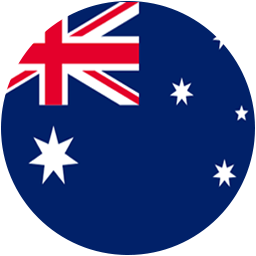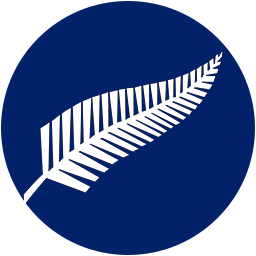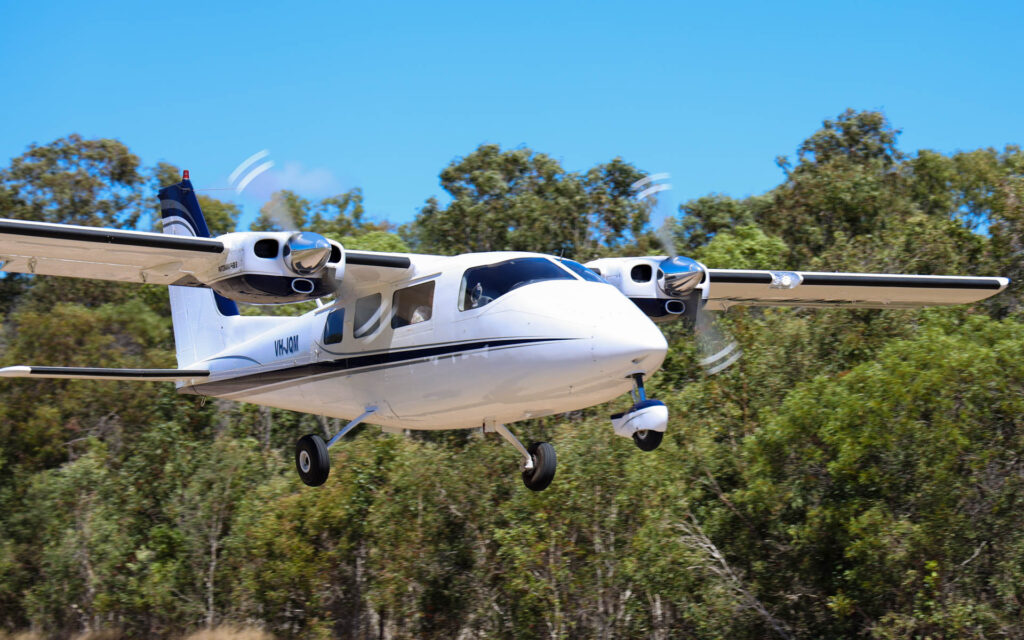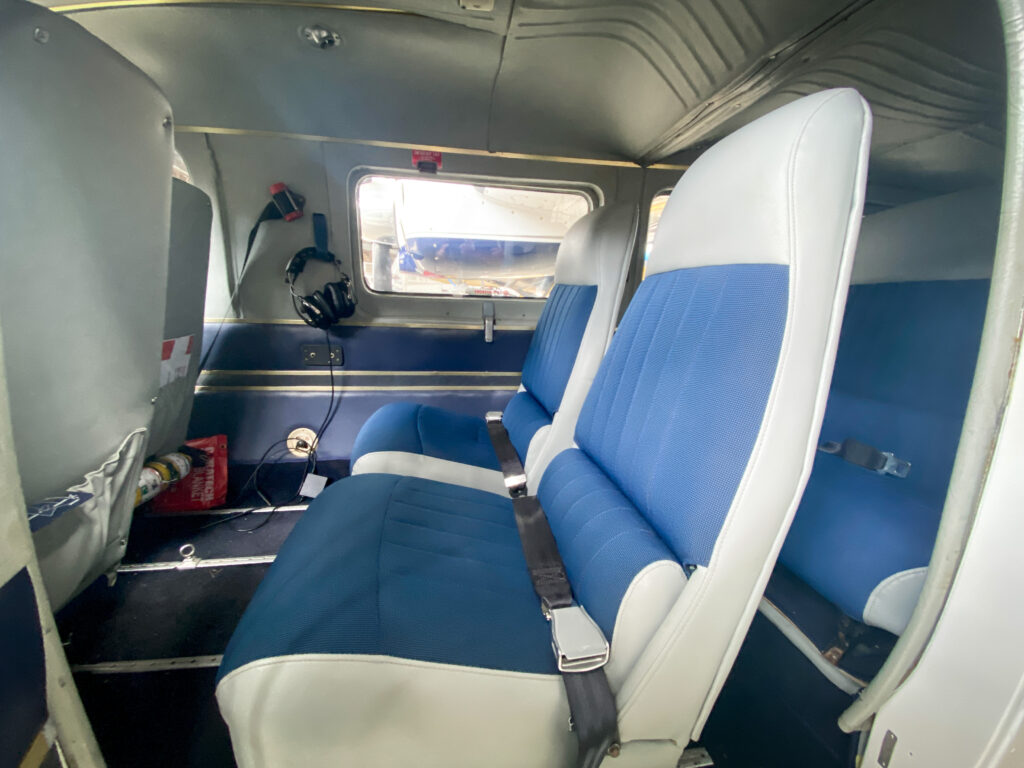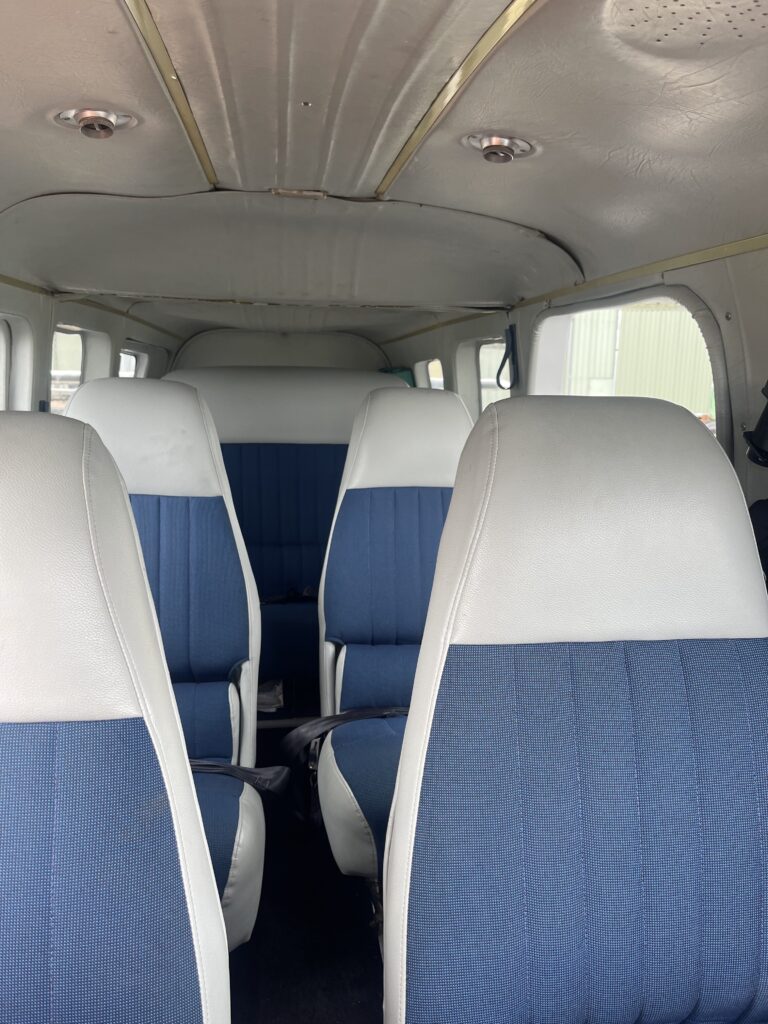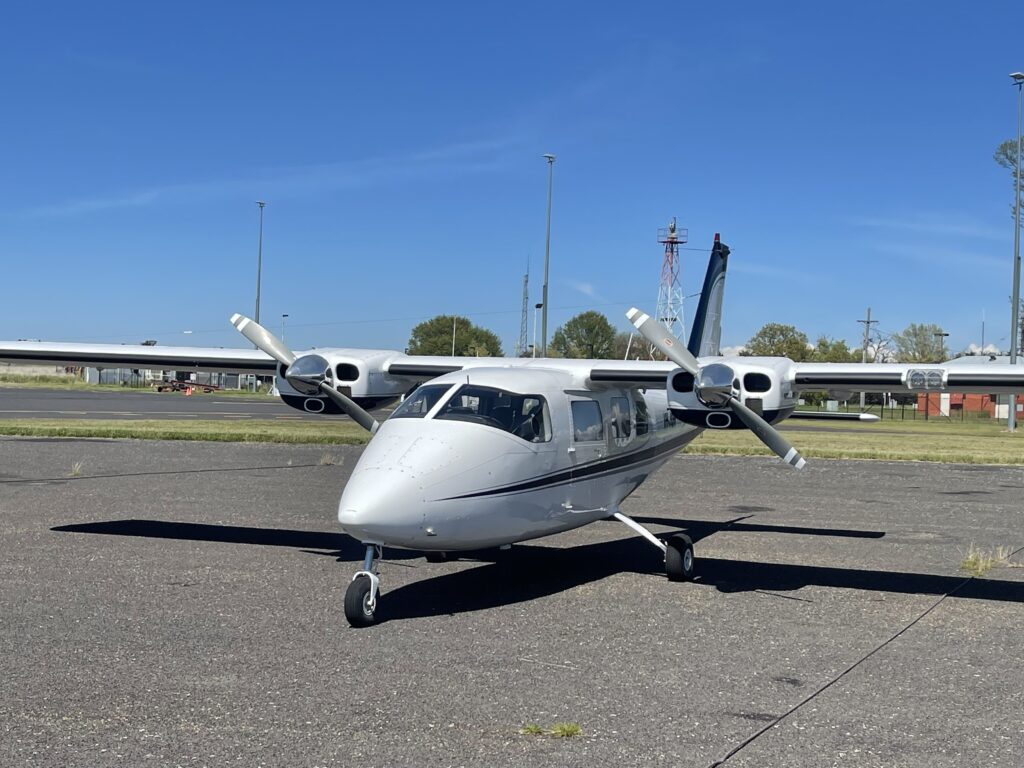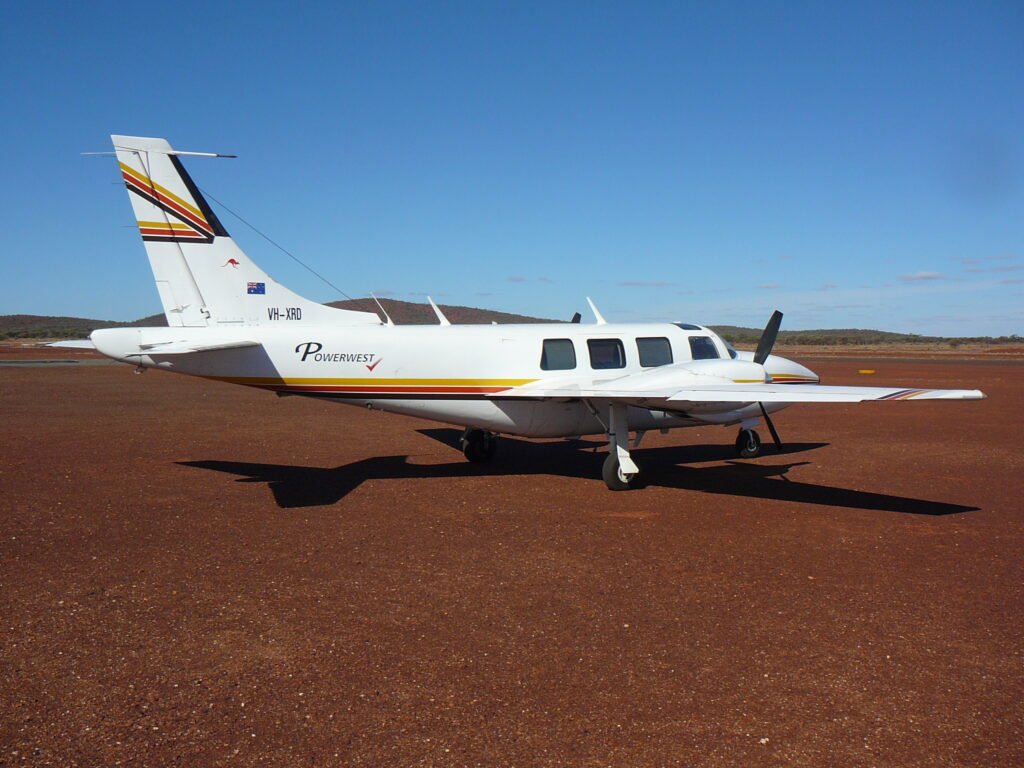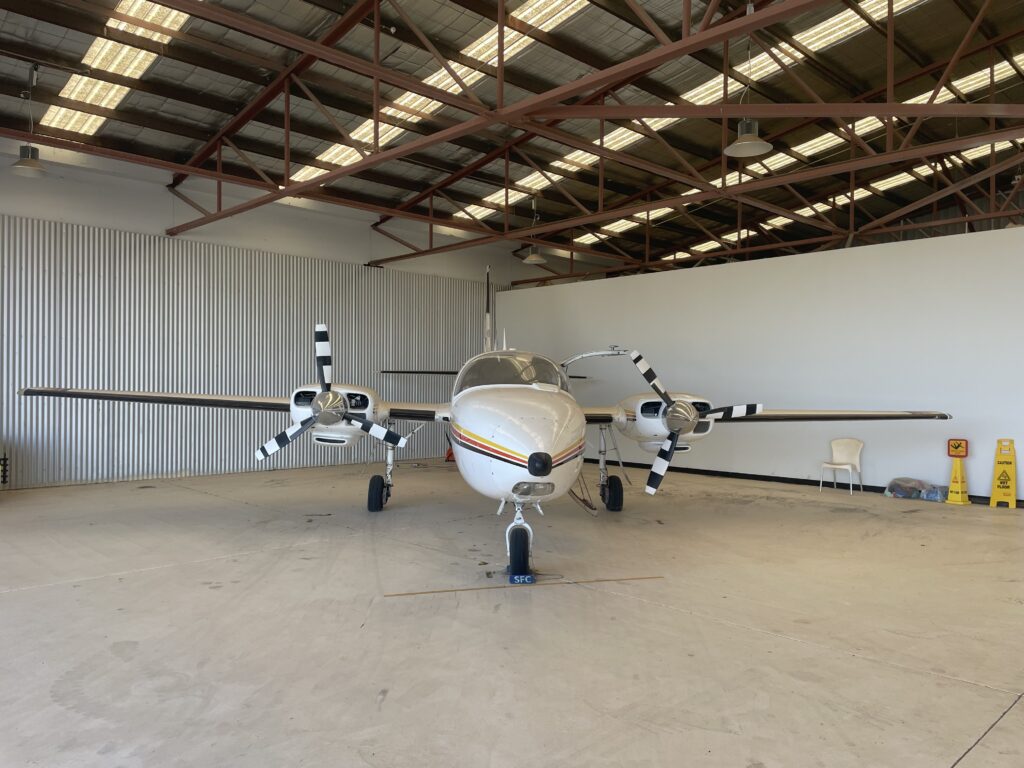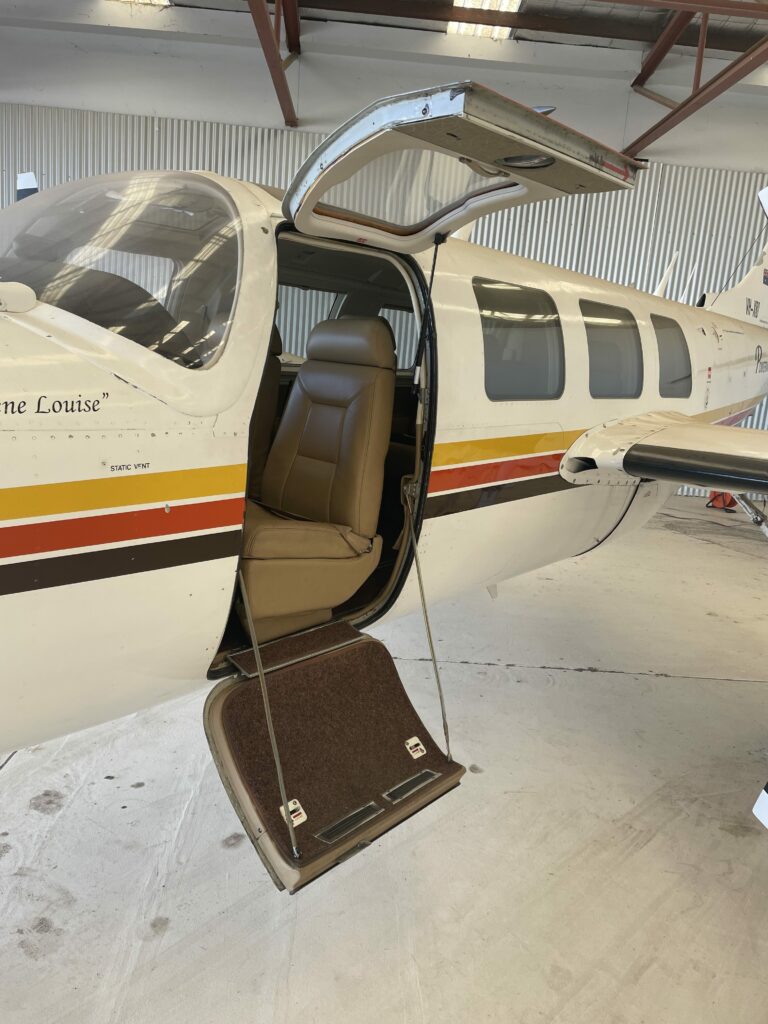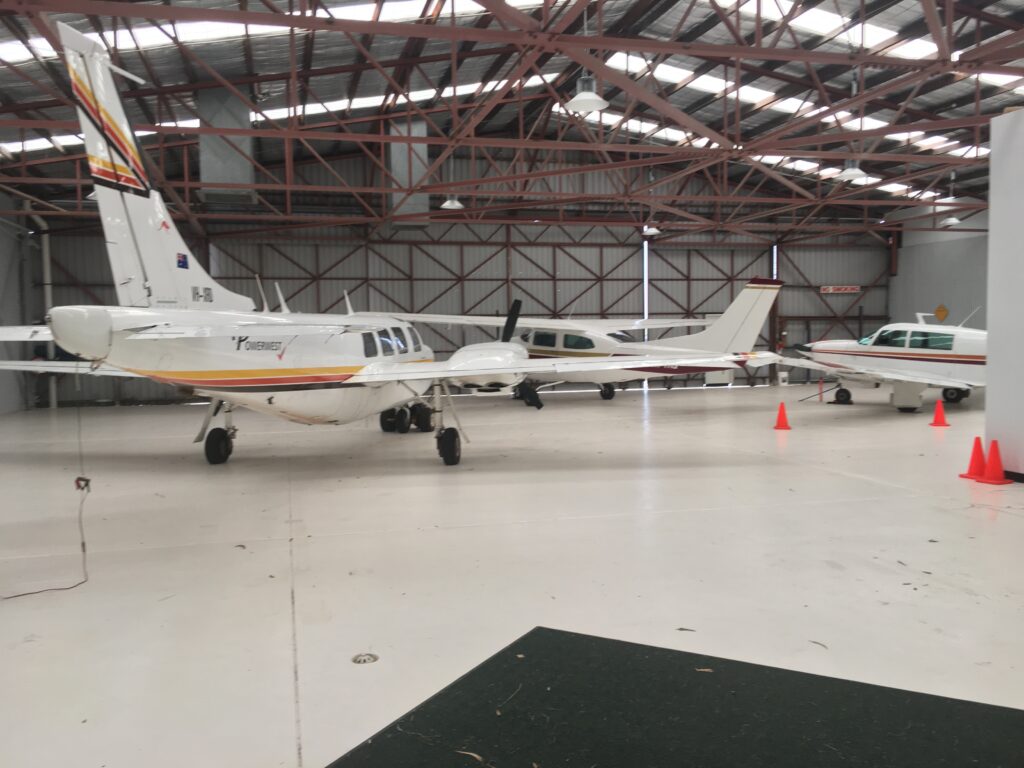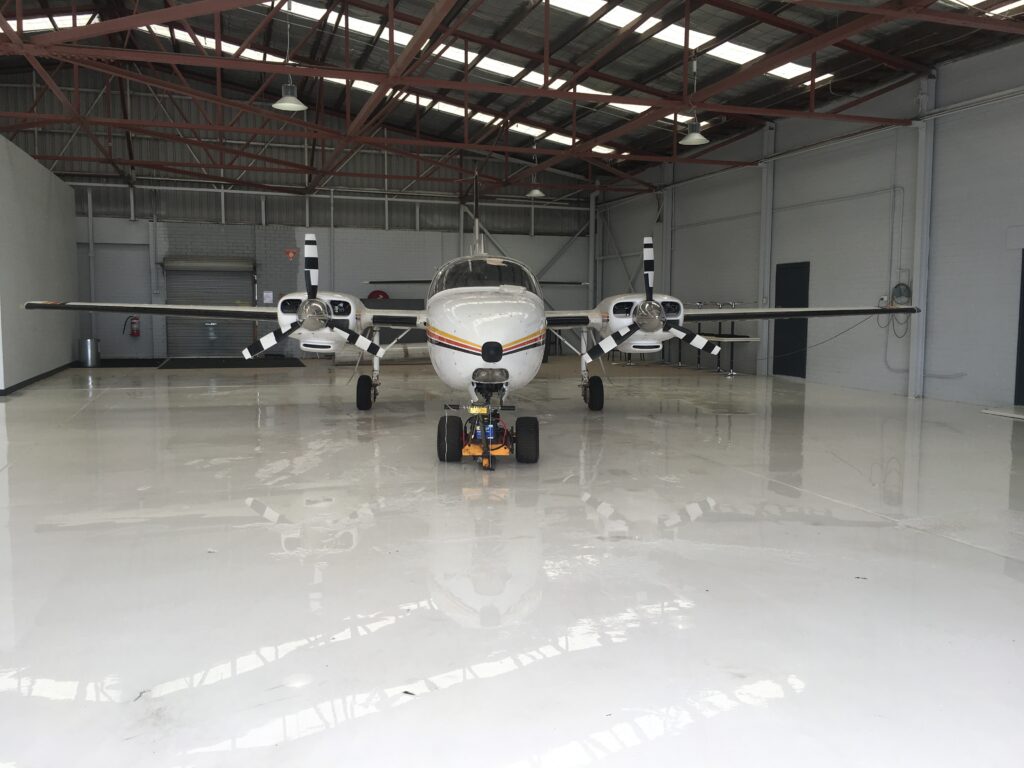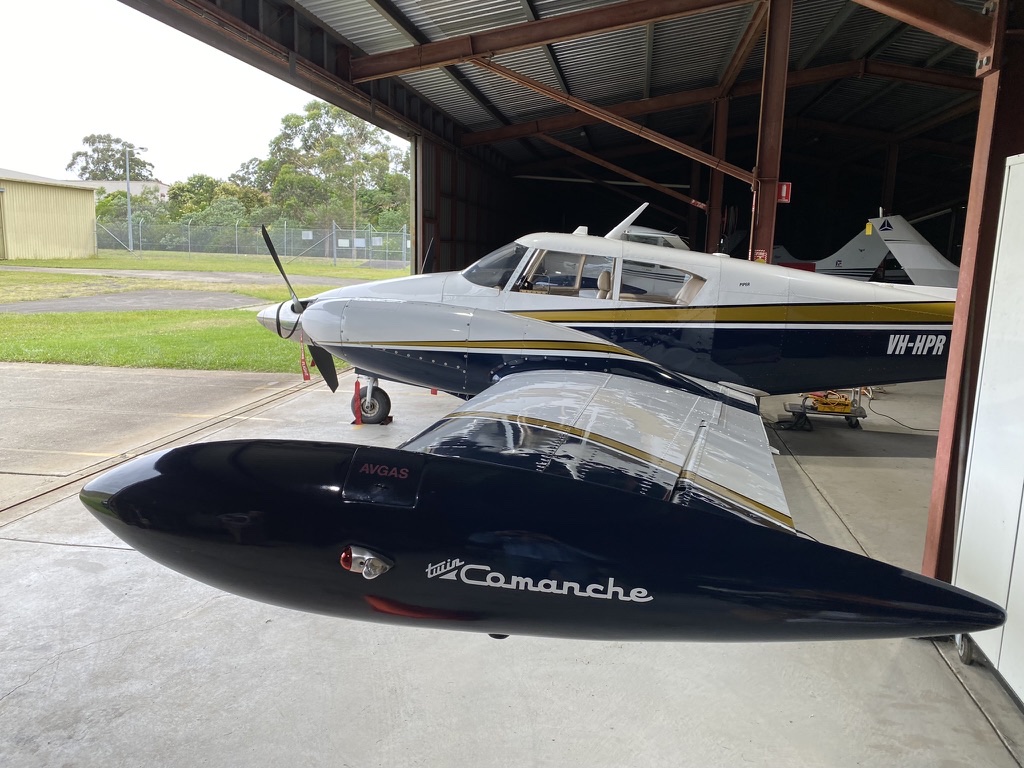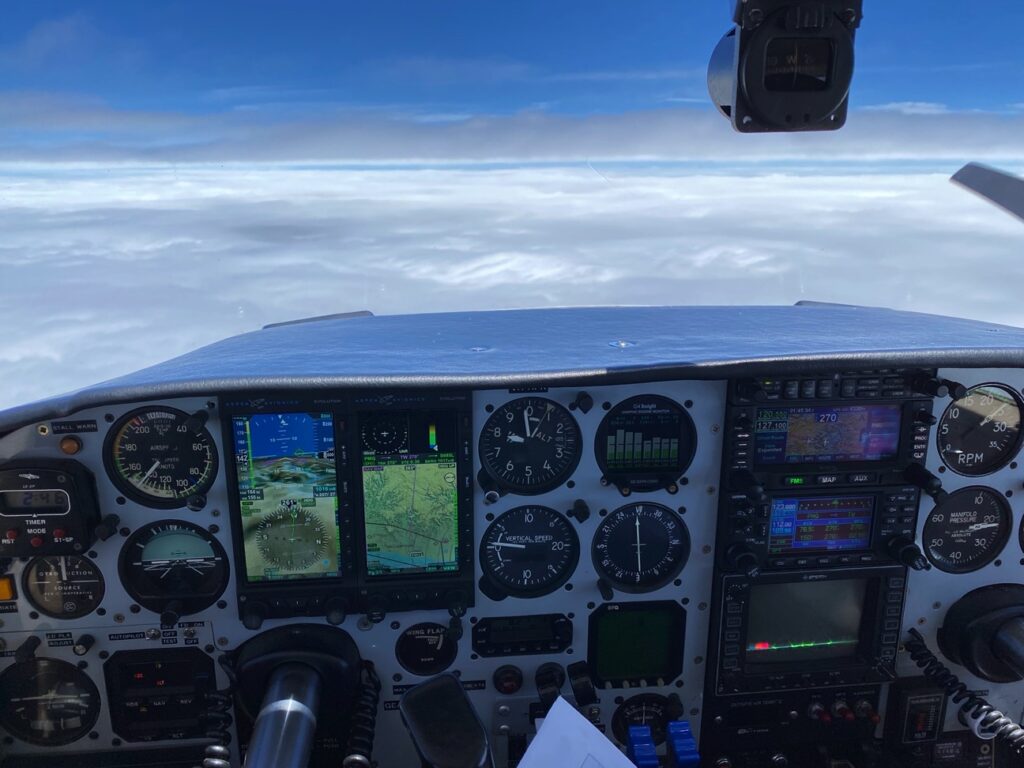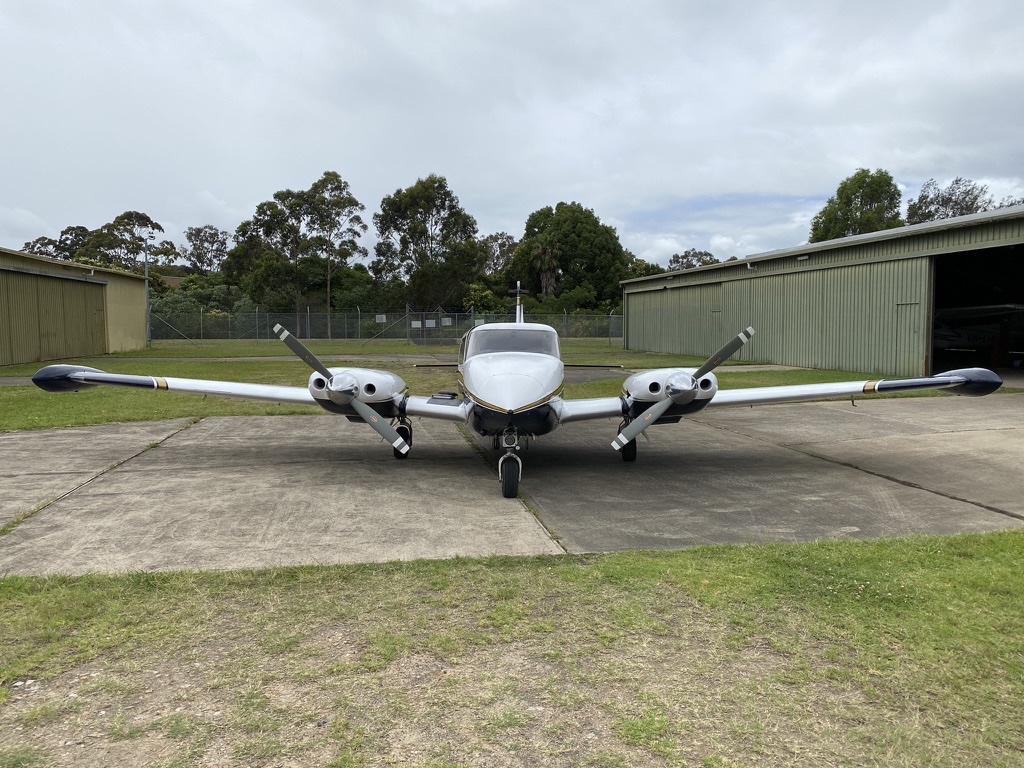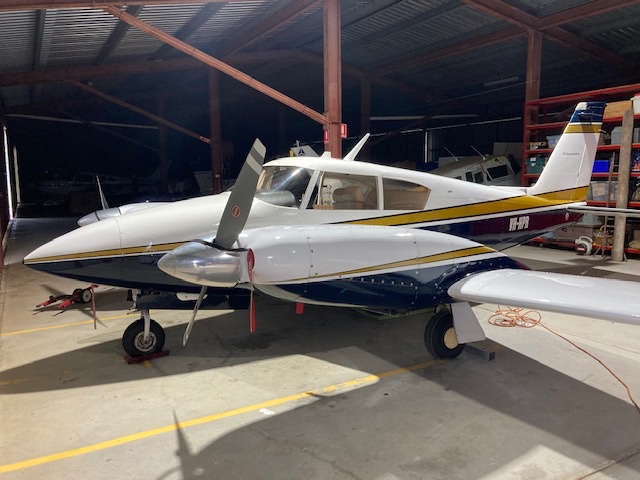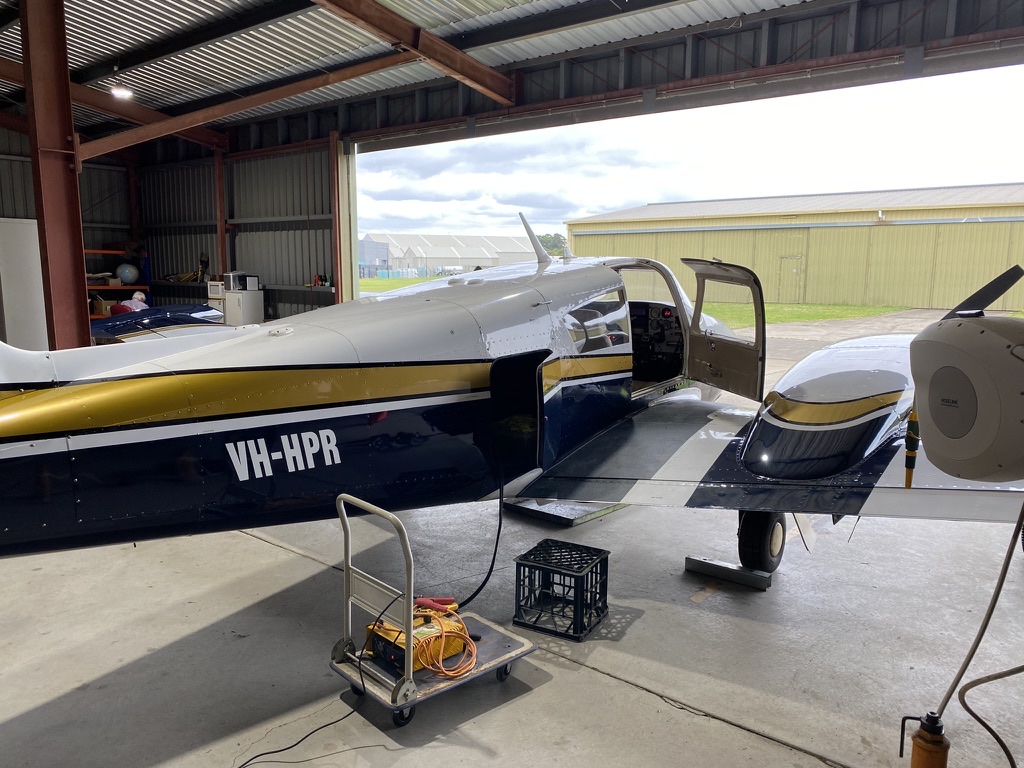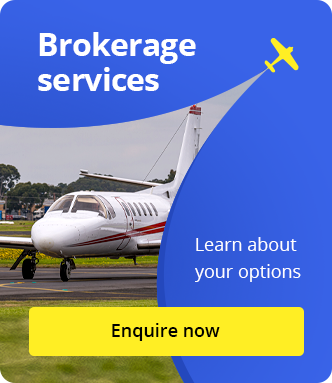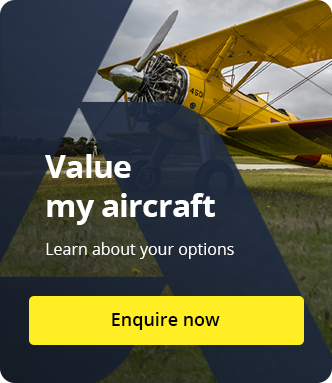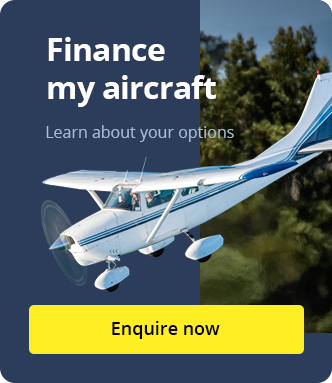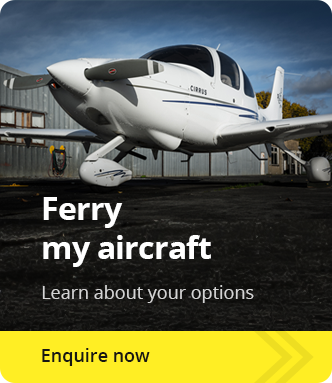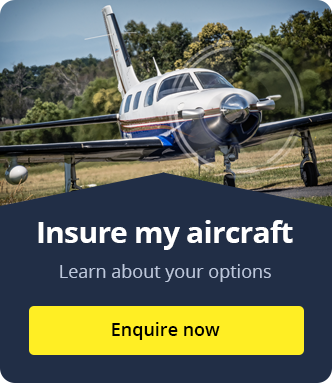Multi Engine Pistons
Twin engine aircraft offer significant advantages over their single engine counterparts, mainly in terms of safety, luxury and speed. The main manufacturers (Piper, Cessna and Beechcraft) designed and built thousands of units in the 1960’s, 70’s and 80’s, but their popularity in recent times has wained.
Twins offer speed and performance advantages. With 2 engines, there is double the horsepower available for climbs and more speed in the cruise (although not double due to loss of efficiencies in drag).
Other than performance, the multi-engine piston aircraft offers a safety redundancy in the event of an engine failure. In the cruise, this is easily manageable for most low-time pilots with little multi-engine time. But skill and currency is required should an engine fail in the climb, in bad weather during an approach or at low altitude.
While legacy twins like the PN-68 Partenavia, Beechcraft Baron, Piper Navajo and Cessna 402 are popular among long-distance IFR owners, they are mainly utilised for Charter flights carrying paying passengers and freight or for flight training operations.
Buying a multi-engine aircraft is a simple process similar to any other piston-engine aircraft, however care should be taken to ensure that logbooks are carefully examined. With two sets of engine and propeller records, it’s important to understand where each engine is in terms of it’s overhaul life by both hours and time, particularly if you are planning to use the aircraft for Charter operations (both engines and propellers should be within manufacturer hours and calendar time TBO’s).
Cost of ownership should be considered too. Fuel flows double, without a doubling of speed, so costs per gallon can be relatively low compared to single engine aircraft. That said, it is also important to understand that maintenance costs rarely double. Engineering on the propeller and engine components will, but the airframe costs are similar to single piston engine ownership.
Importantly, the pilot competence and type currency should be the main factor at play. Asking oneself who is flying, and realistically how often have their skills been tested in simulated engine-out scenarios is key. Taking a qualified instructor out once every 6-months is advised – to re-hone skills and ensure that you are indeed safer in your twin engine.
